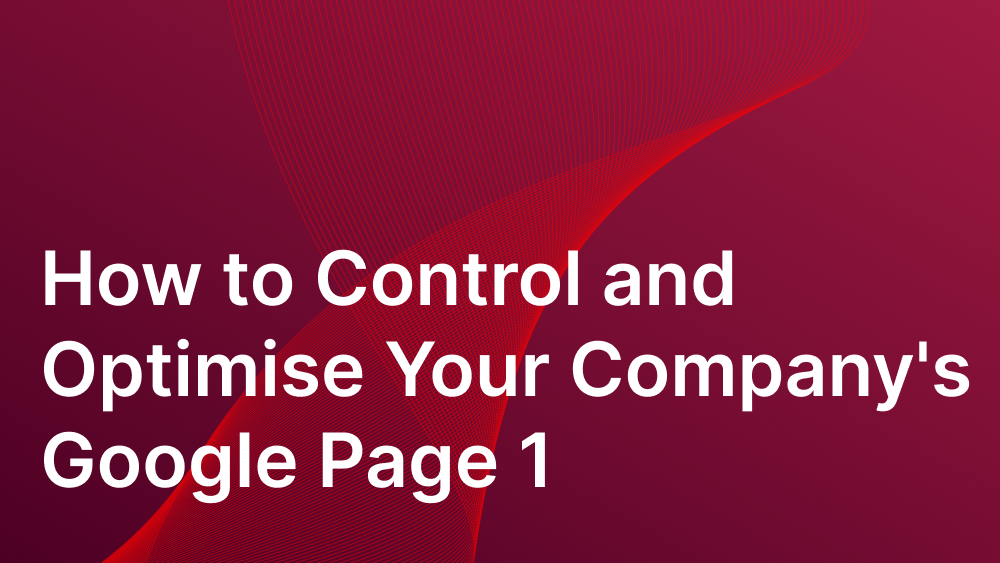Earlier this year, Peregrine Communications released its Global 100 report that provides a quantitative and qualitative window into how well the largest 100 asset management firms in the world perform in their integrated marketing and communications (IMC) activities.
Collating over 12,000 data points across firms’ core IMC activities, we weighted, scored and ranked each firm against their industry peers. For further reading please visit: theglobal100.com.
The study focuses on Peregrine’s 10 key metrics for understanding a firm’s IMC performance, which include: Brand Awareness, Messaging Effectiveness, Share of Voice, Media Sentiment, Social Media, SEO, Paid Search, Paid Media, Website Effectiveness and Google Page 1.
In this article we will explain what Google Page 1 (GP1) is, how GP1 affects your company’s brand awareness and brand reputation, and what the best practices are for building a great GP1 experience.
In this post we cover:
- What is Google Page 1 and how does it affect my brand’s online presence?
- What are the best practices for building a great Google Page 1 experience?
- How does social media affect your brand’s GP1?
- What is Google Knowledge Panel and its relation to your brand’s GP1?
- Introduction to Wikipedia, its benefits and risks.
- Video and image search.
- How to measure and optimise your Google Page 1?
What is Google Page 1 and how does it affect my brand’s online presence?
We define ‘Google Page 1’ as the first page of Google search results returned when searching for a specific brand/company, using its exact name.
But, how is it different from branded search? Although both branded search and Google Page 1 seems very similar at first glance, there are some fundamental differences between the two.
Branded search is the process whereby visitors use a search engine with queries that include your company name or brand, in combination with other words. An example of a branded search could be “peregrine communications services”, “peregrine communications contact”, “peregrine media relations”, etc.
Google Page 1, on the other hand, provides the visitor with an end search results page for your brand/company. This is an experience that can be tailored to play a valuable role in your company’s online brand awareness and brand reputation.
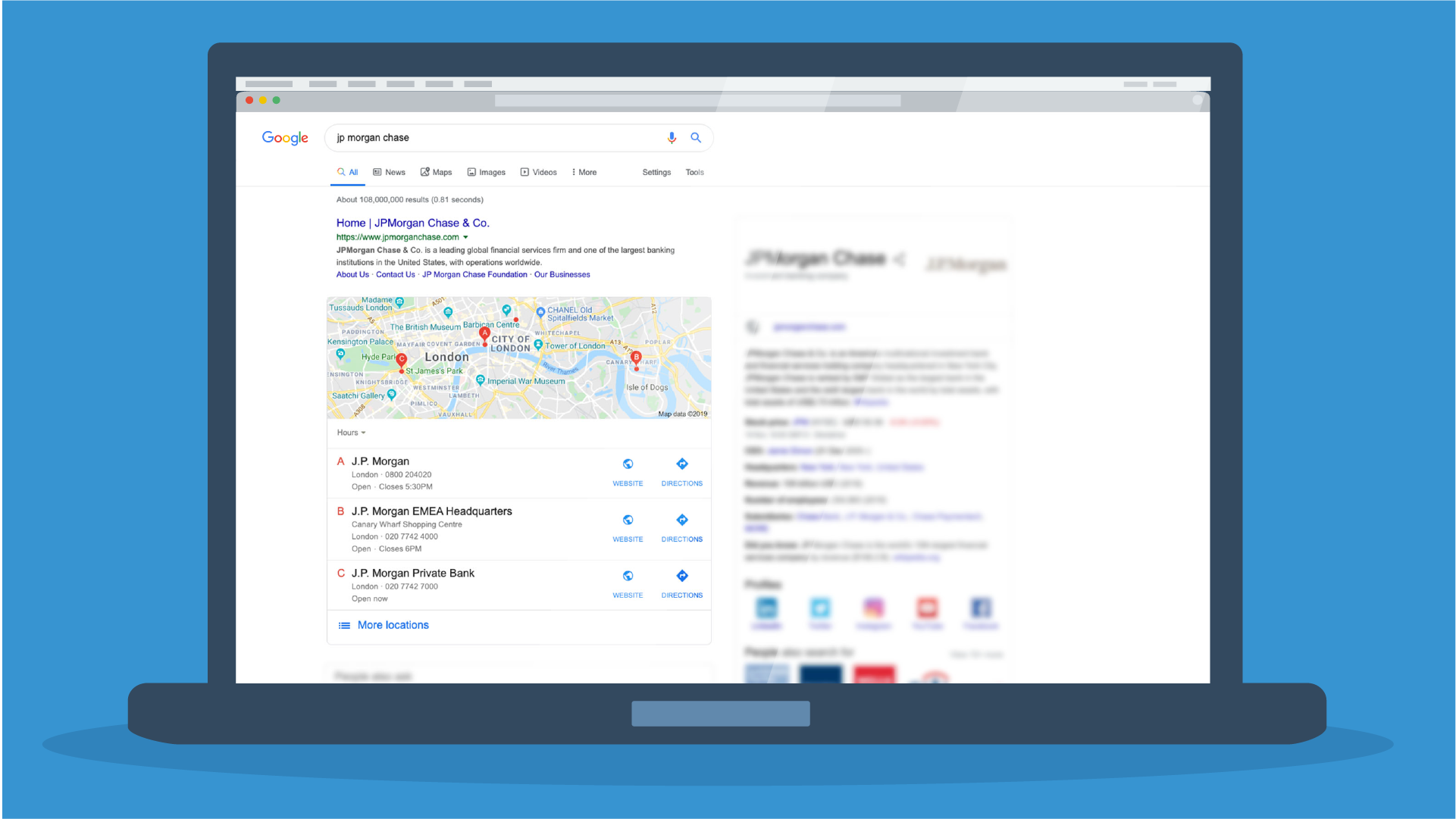
Google Page 1 is often an area where even some of the best-marketed firms struggle. With a firm owning all the assets on its Google Page 1, one piece of negative media coverage can have a serious impact on decisions made by target audiences.
One piece of negative media coverage can have a serious impact on decisions made by target audiences.
The first page of search results receives a staggering 95% of all search traffic. This alone drives the need for a perfect Google Page 1.
The use of your company name as a query in a search shows user intent. The searcher already knows or has heard of your brand/company and is interested in finding out more. And this is where GP1 does its magic. For first time searchers, the GP1 experience will create great first impressions. For returning searchers, it will increase brand loyalty, provide up-to-date news and may even turn leads into clients.
The first page of search results receives a staggering 95% of all search traffic.
What are the best practices for building a great Google Page 1 experience?
While working towards building a great GP1, there are some important elements that need to be considered, such as:
- Brand/Company name
- Media sentiment and online reputational issues
- AdWords/PPC campaigns
- On-page/technical SEO
Effective social media usage, Google’s Knowledge Panel, Wikipedia, video and image search optimisation also play a huge part in this process, but we will discuss those elements in more detail below.
Picking the right brand name is essential. You need to strike the right balance between picking a unique, yet easy to remember name for your brand. If your brand shares its name, partially or fully, with a larger organisation that has a good online presence and runs regular marketing campaigns, there is a risk that your company will not be among the first results on GP1 and perhaps not even on the first page.
Although rebranding might not be an option for most existing companies, this is still important to consider as it can and should have a direct impact on your marketing strategy.
Unique brand names will be easier to rank and are better for social media and general SEO. They also produce a lower volume of search traffic, but those searches will naturally be highly relevant to your company.
Media sentiment and online PR is a significant consideration when it comes to GP1. Unless a firm has a reasonably steady flow of positive news coverage, it can be easy for the occasional negative story to stick to the firm’s website profile on GP1, as negative stories tend to get higher engagement.
The ideal scenario would be to have a results page populated with:
- Owned content (generated and distributed by your brand/company)
- Earned content (generated and distributed by someone else but about your brand/company)
- Paid content (generated by your brand/company but distributed by news outlets)
Peregrine research shows the right balance should be around 60% owned content to 40% earned content. Also, it is advisable to use various types of media and channels. A picture is worth a thousand words and videos are great aids for engaging storytelling.
Peregrine research shows the right balance should be around 60% owned content to 40% earned content.
Did you know that it is a common marketing tactic to bid on your competitor's branded search terms via Google Ads/PPC campaigns? The first three places at the top and bottom of a Google search results page are reserved for ads. This means that your brand/company’s GP1 can feature your competitor’s ads. The reason behind this tactic is to steal potential traffic, clicks, and leads that otherwise would be yours.
Did you know that it is a common marketing tactic to bid on your competitor's branded search terms via Google Ads/PPC campaigns.
There are some strict rules (no defamation, no undercutting, etc.) that need to be followed if you decide to use this tactic, which can result in serious consequences if executed wrongly.
On the other hand, it is advisable to claim your brand via AdWords/PPC. Bidding on your brand name allows you to show more listings on your brand/company’s search results page. And this means more information that you can control.
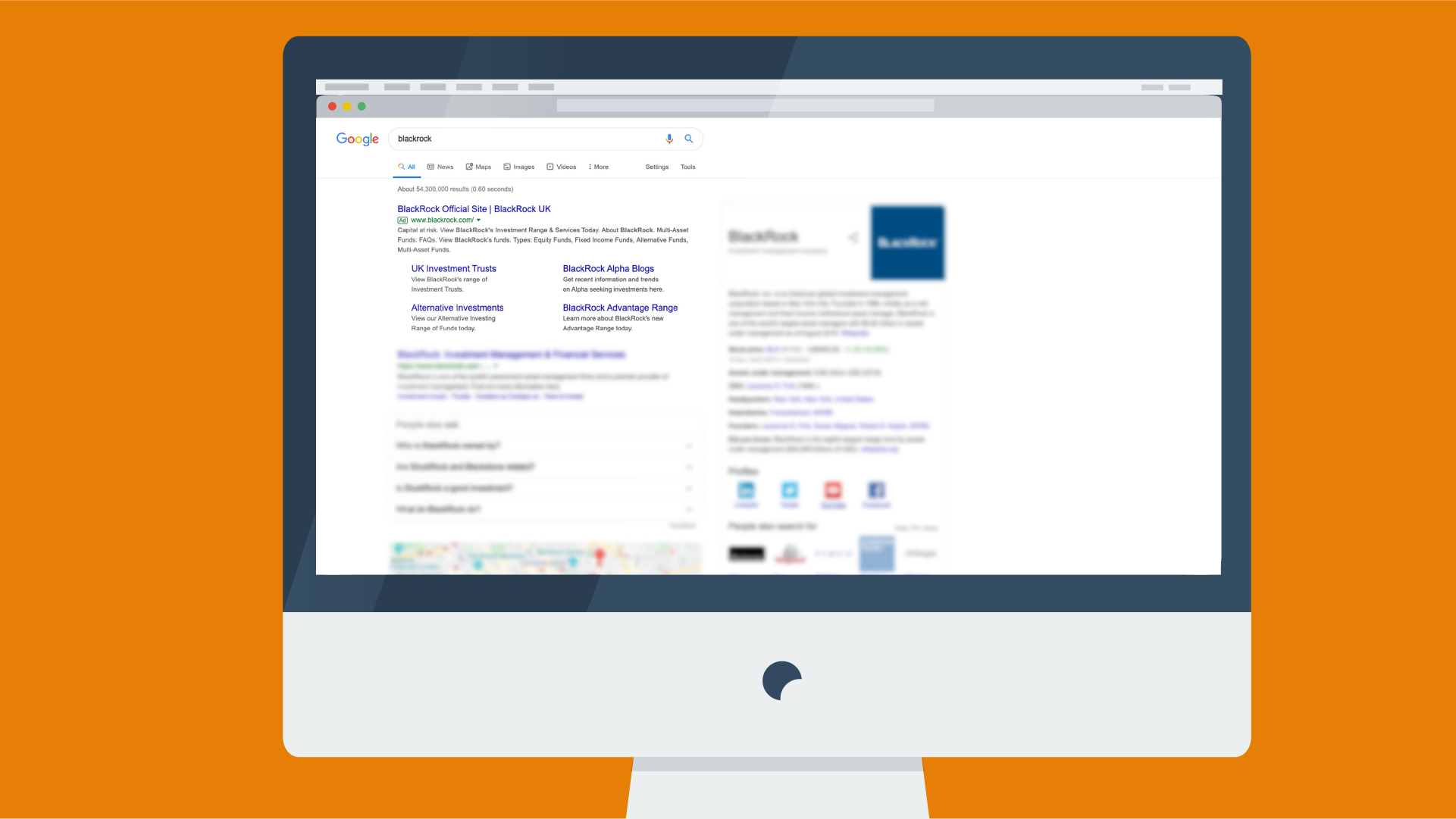
By bidding on your branded search terms, you will make sure your customised ad will be displayed in the top position on your GP1.
This tactic offers other benefits that should be considered:
- Sending your visitors to a different landing page
- Optimising/updating information as required to achieve higher rankings and CTR
- Providing searchers with more information
- Protecting your brand terms from your competitors
The number one source of information for your brand should be your brand/company’s website. In order for it to be featured in the top position (excluding the spaces dedicated to ads) on your brand/company’s GP1, it should be well built, search engine optimised and should contain valid/up-to-date information.
Below is a list of some of the most important on-page SEO ranking factors:
- A secure and accessible website
- A mobile-friendly/responsive website
- Domain authority, age, URL
- Page speed/loading speed
- Optimized content
- Technical SEO using clean/well-written code
- User experience
- Inbound and internal links
- Social signals
- Real business information/Google Knowledge Panel
How does social media affect your brand’s GP1?
Social media is an important part of the marketing toolkit and it should not be overlooked. However, Peregrine Research shows that there are still a significant number of companies that are not using social media to its full potential (see “The Guide to Social Media Effectiveness” to learn how you can boost your firm’s social media performance).
So what are the benefits of effective social media:
- A well rounded social media presence will contribute towards dominating SERP’s for branded search.
- Social media will increase your brand/company’s exposure
- A well-executed strategy and engagement with followers will increase brand loyalty
- Social media shares will influence the content of your search results
- Social media can be key to creating a healthy C2B/B2B relationship
Social media profiles are amongst the top results in search for branded terms.
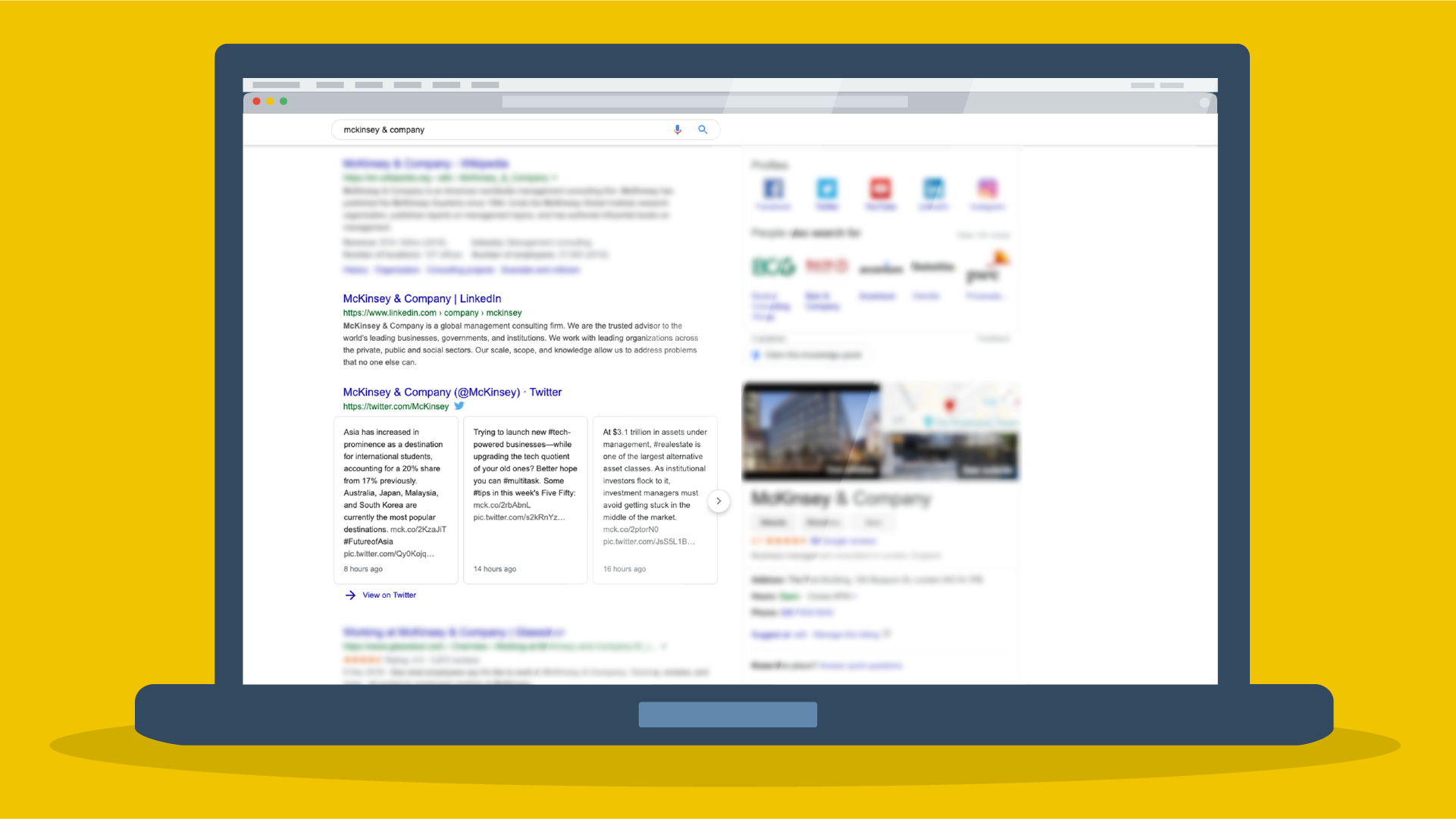
It is important to know that social media does not directly impact SEO ranking because the data available is fragmented and unreliable. But social media has a great long-term effect on factors that are valuable for SEO.
Brand/company websites that are supported by social media activity appropriately have a tangible advantage when competing for the desired first position in Search Engine Results Page (SERP).
In short, we can say that social media helps to boost brand recognition and CTR, which is one of the main objectives of Google Page 1.
What is Google Knowledge Panel and its relation to your brand’s GP1?
Google's Knowledge Panel (GKP) is the information block/box that appears on the right side of your screen in the search results page. GKP will appear when you search for entities (famous people, places, organisations, etc). The content that appears in this panel is powered by Google Knowledge Graph, which is Google’s database that stores information about the relationship between popular search queries and the possible intent behind them.
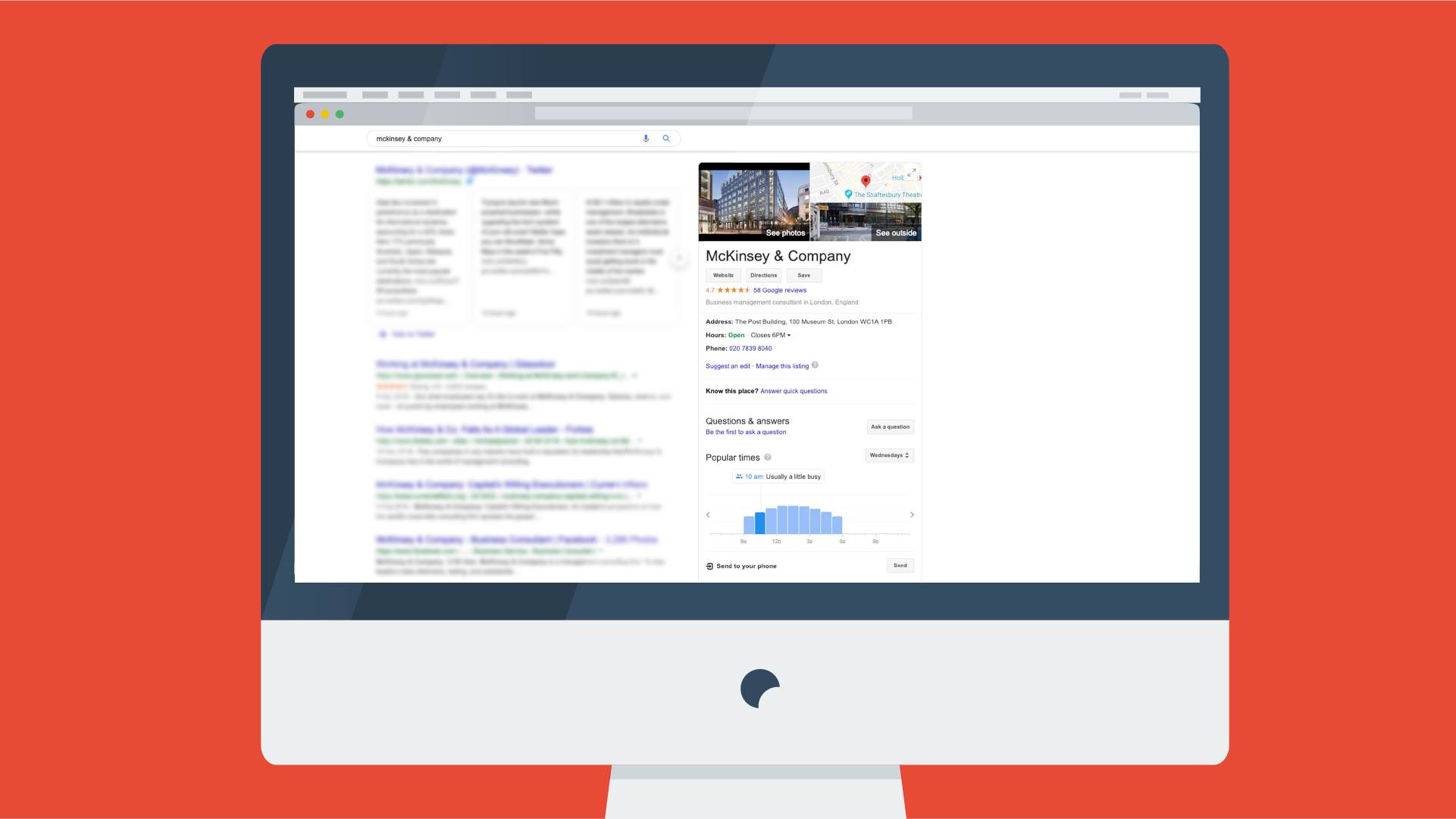
GKP can be a very useful addition to your brand/company’s GP1. If GKP is shown for your branded search, your business will dominate the search results on the right side of the screen. You will see a substantial increase in clicks and site traffic. Which makes sense: since people are searching for your brand/company, Google is displaying the correct and relevant information.
But how do you get GKP to show up for your brand/company? Unfortunately, this is up to Mr/Ms Google to decide whether to generate/show a GKP for your brand/company’s search results.
Here are a few things to remember about GKP:
- Knowledge panels are automatically generated based on Google’s decisions
- Information that appears in a knowledge panel can come from various sources on the web, including images and other media
- Data partners can provide authoritative information as to specific topics such as films and music
- Information displayed may also come from verified entities who have suggested edits on their knowledge panels
There are two types of knowledge panels: Brand/Personal and Local/Business.
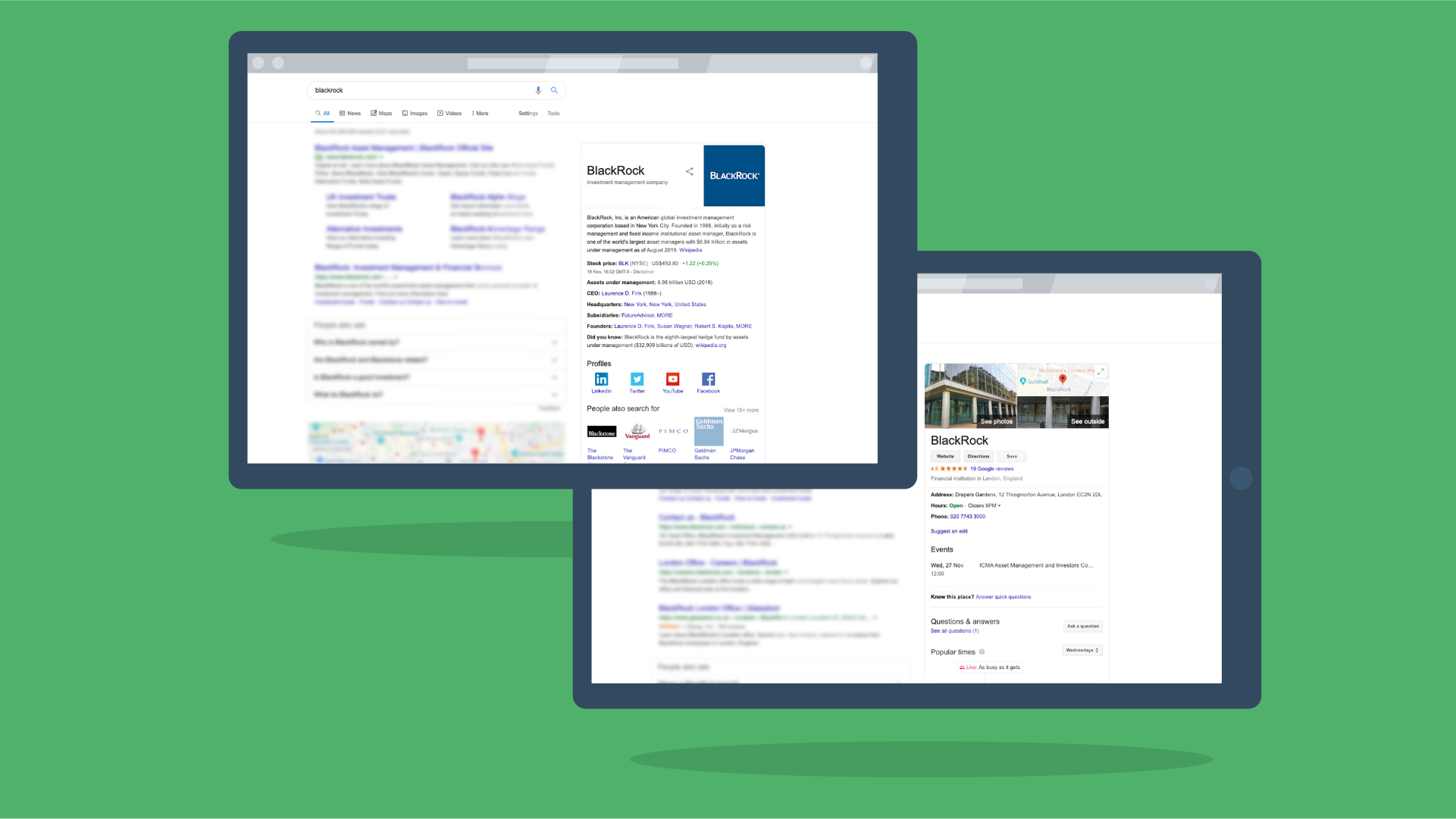
Brand/Personal GKPs will display your brand/company overview, concentrating on various general topics, such as history, important events, services and offers, key people, social activity, etc. In order to have a brand/personal panel, your firm will need to be well established and talked about on the web, and have high brand authority and awareness.
Local/Business GKPs, on the other hand, will display information about your brand/company that is relevant to a specific location. This could be contact details, map location or images for one of your offices. You can claim a local/business panel for your brand/company’s specific location. Relevance, distance, and the prominence of the business are all important aspects.
Intro to Wikipedia, its benefits and risks.
When we search for someone or something, among the first places that we visit would be Wikipedia.
Wikipedia is a free online encyclopedia, created and edited by volunteers around the world and hosted by the Wikimedia Foundation.
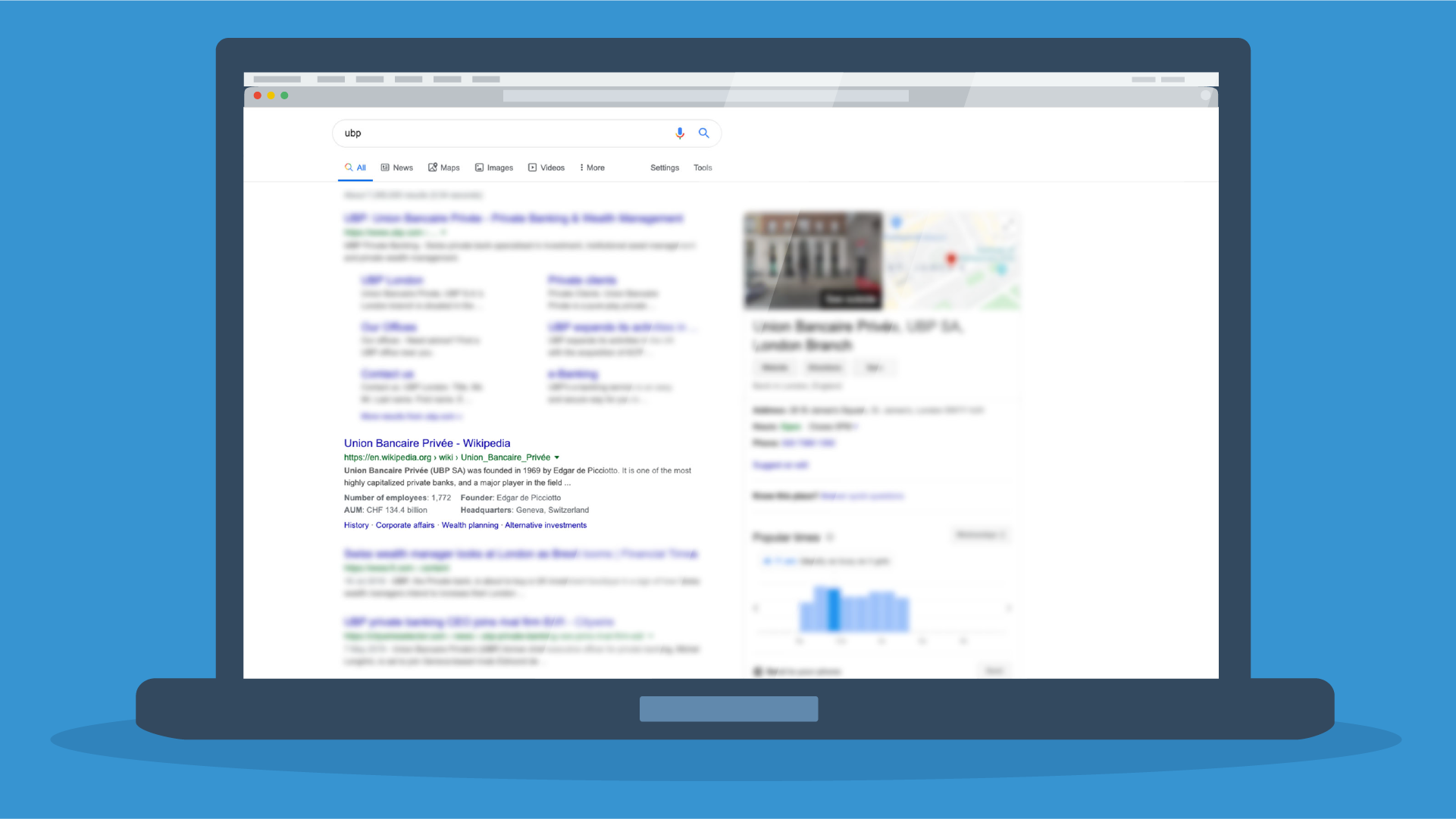
Google uses data from Wikipedia (WikiData), and its sister sites to generate Google Knowledge Panels. This means that a well written Wikipedia article can influence the content on Google Knowledge Panels.
A Wikipedia article for your brand will be among the top search results on your GP1. This alone seems like a huge deal, but there are some pitfalls that you as a marketer should be aware of.
It is a fact that Google uses data from Wikipedia (WikiData), and its sister sites to generate Google Knowledge Panels.
So, what are the benefits and risks of having a Wikipedia page for your company?
By having a Wikipedia article, your brand/company will:
- Boost overall SEO and visibility
- Get more exposure
- Maintain online reputation
- Improve its credibility
- Convert potential leads to customers as 80% of potential customers conduct research before making a purchase
Risks that Wikipedia presents:
- Wikipedia is not a reliable source
- Articles on Wikipedia can be edited by anyone at any time
- Errors/vandalism on Wikipedia can remain unnoticed for days, a week or even months
It is important to evaluate the benefits and risks that Wikipedia entries present prior to adding Wikipedia to your marketing toolbox.
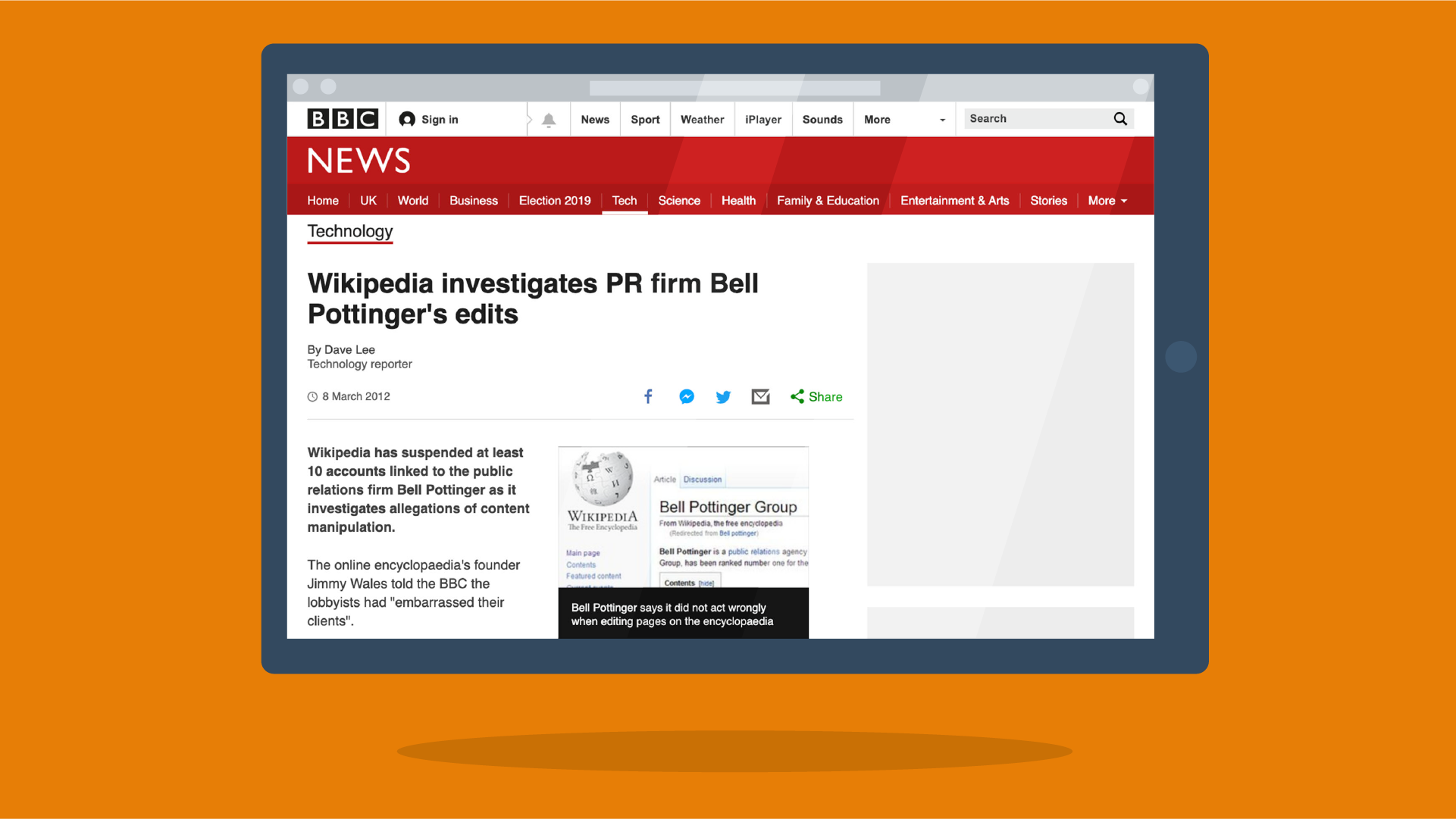
Video and image search
SEO and great content will lead to brand awareness and visibility, which in turn will contribute towards better GP1 results. A well-structured GP1 will result in increased inbound traffic and new leads.
Videos and images are hidden gems of traffic generation. Google Image Search is the second largest endpoint with around 22.6% of total searches, in 2018. With these numbers in mind, investing in visual content feels like a no-brainer for content creators.
Videos and images are hidden gems of traffic generation.
As we have mentioned earlier, a well structured GP1 should contain a healthy balance of various media types.
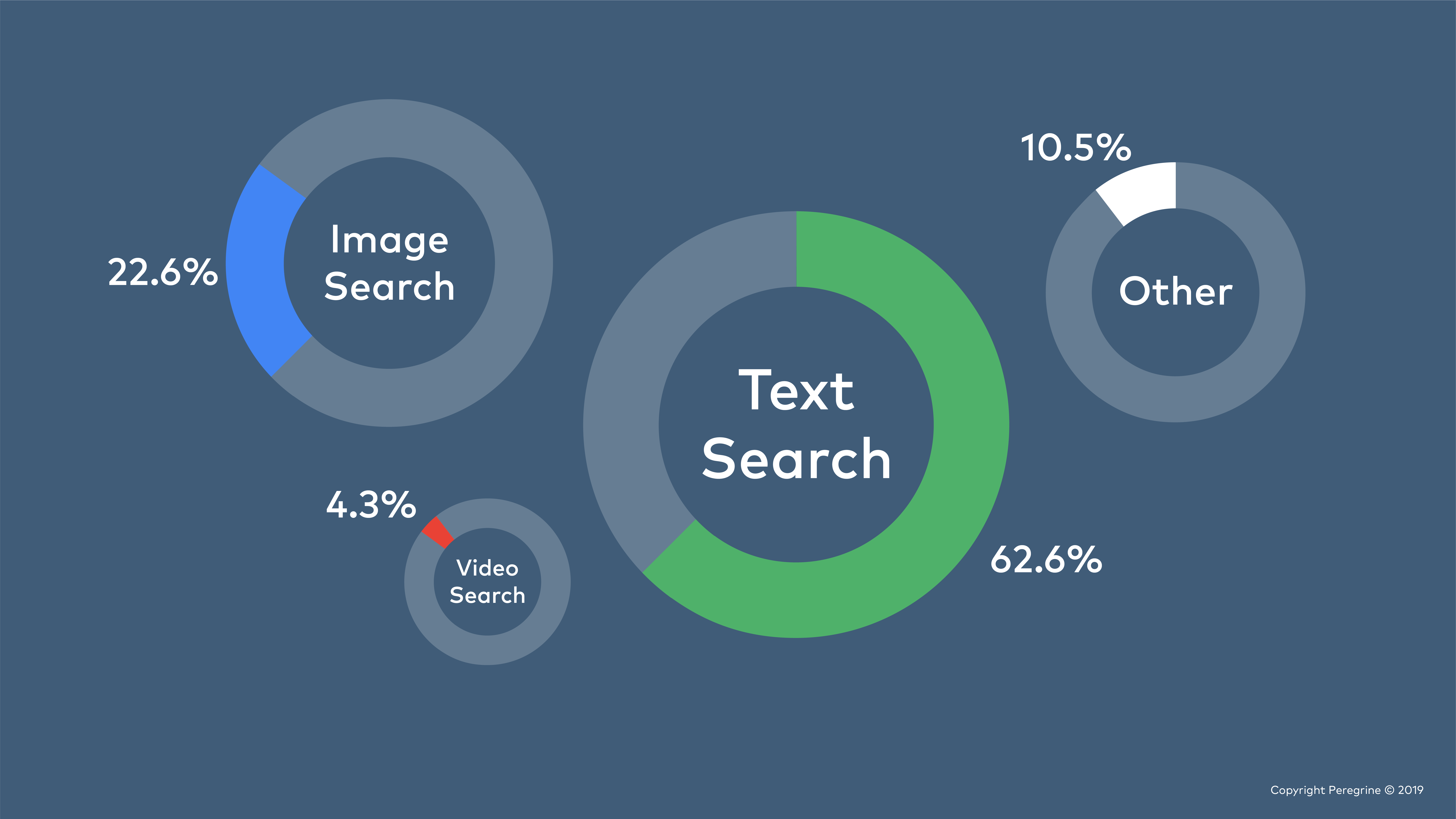 How to measure and optimise your Google Page 1
How to measure and optimise your Google Page 1
Although Google Page 1 is not very hard to set up, it will take some time and effort to optimise and perfect it.
But how do you measure and optimise your brand/company’s GP1 experience? There are four distinct areas that need to evaluated:
- Direct (branded) search
- Reviews, ratings, social media
- Third-party assets that can trigger earned content (positive/negative)
- Visual search results (images/videos)
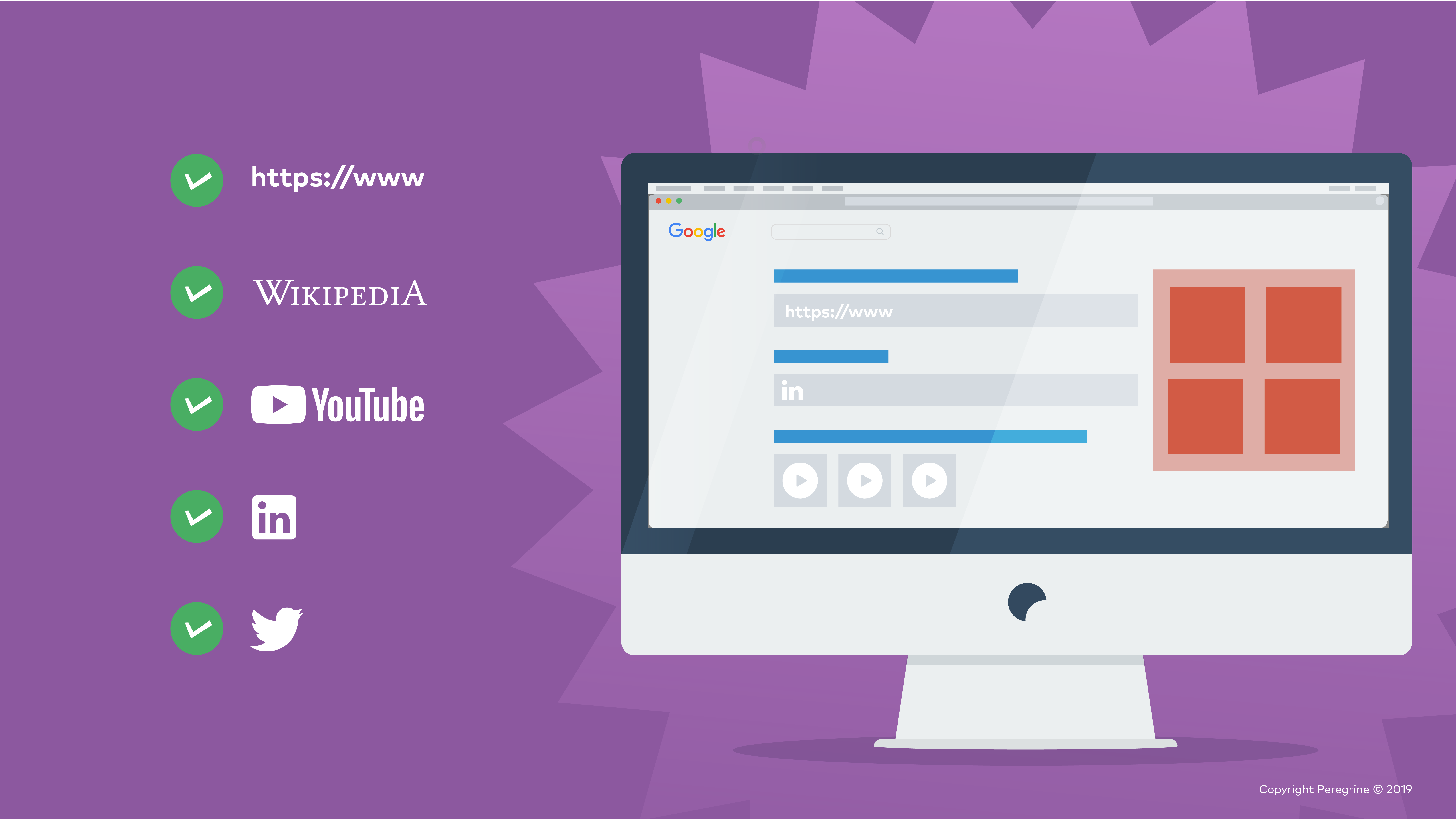
The very first step is to search your brand name on Google, then ask yourself:
- Does your company come up at the top?
- Do you see site links, social media profiles, Wikipedia pages?
- Is there a Google Knowledge Panel present with the correct logo and information?
- Does your company’s SERP intro box contain the latest title and description?
- Now, review owned and paid content that is hosted on external sites?
- Do you need to further promote/dispute any articles?
The next step is to analyse any mentions of your firm on social media channels. Online reviews, ratings, social media posts and comments are very important triggers for brand awareness and online reputation. Social media can be the key to great customer service. How would your brand respond to a negative review or comment, without causing any more damage and making a potential lead/client happy?
Is there any other content that can/should be present on GP1 that is not there? Any events that happened recently that has yet to be covered by a media publication? Any content that can be reused/recycled and is still useful/relevant?
And last but just as important is to analyse any visual content. As mentioned before, visual search and images in particular make up a huge chunk of overall searches. Visual content should complement and support that important first impression of the brand/company. Visual content should also fall in line with brand guidelines and company culture.
Visual search and images in particular make up a huge chunk of overall searches.
Conclusion
It is very important to keep in mind that a perfect Google Page 1 experience, just like any other marketing or SEO process, requires a significant amount of time, effort and budget. This is an ongoing process that will take weeks, even months of careful planning, evaluation and execution to achieve tangible results.
There are some important factors that you simply do not have control of. But fortunately, with good strategy and time invested, GP1 will be a cornerstone to your company’s growing reputation.


